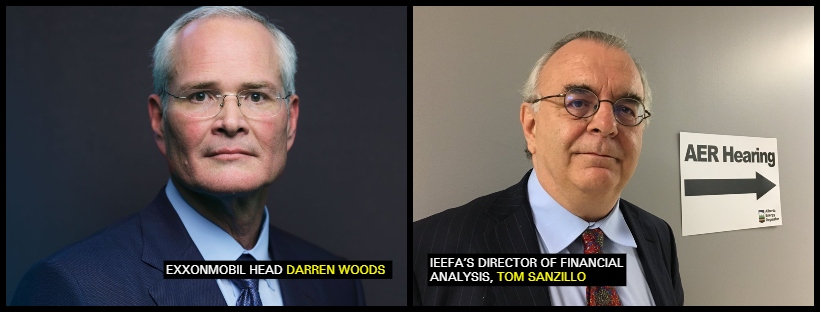The Institute for Energy Economics and Financial Analysis (IEEFA) has been closely following Guyana’s offshore oil and gas development. In so doing, it has found that oil revenues gained from the Stabroek Block operations will not be enough to cover Guyana’s annual budget deficits, new spending proposals, or contributions to a sovereign wealth fund.
According to IEEFA’s Director of Financial Analysis, Tom Sanzillo, the institute has found that failing markets and weak revenues during the first five years of the Stabroek Block contract are unlikely to provide anything beyond a small benefit for Guyana.
IEEFA he said is also of the firm conviction that beyond five years, Guyana is likely to continue to experience a weak revenue flow. In this regard, Sanzillo asserts that Guyana’s revenue will remain low because the contract with the oil companies requires operating and development costs to be paid back to its foreign partners before the country begins to collect the robust revenues that have been promised. He goes onto explain that after five years, ExxonMobil and its partners will be owed US$20bn to come out of future oil revenue.
Further to this, he noted that ExxonMobil as a partner can be more of a cause for concern than a guarantor of profits. In this regard, the industry expert highlighted that the company has lost hundreds of billions in shareholder value over the last decade, its revenues are down, and it is no longer part of the Dow Jones Industrial Average stock index. Sanzillo said, too that the oil and gas industry has been in last place in the stock market for four of the last five years.
Taking the foregoing into consideration, Sanzillo said it is safe to say that the industry is declining, and ExxonMobil is stumbling right along with it. He said that Guyana needs to be wary of this troubling state of affairs as it makes development decisions based on the deal struck with ExxonMobil.













